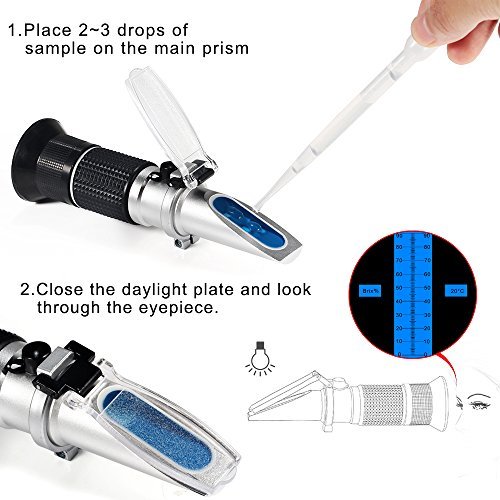Week 4: Growing Materials
Lichens & Mushrooms & Algae & Bacteria
Monday started off with a fascinating talk by Andrea Knouf on her research on Lichen (korstmossen, in Dutch) as ecosystems consisting of symbiotic relationships between algae, or cyanobacteria and fungi. As a trans woman she is interested in the lichen as an ‘alien’ species on earth, and has, through MIT and NASA managed to send some of her work to the ISS and back. Andrea also gave a workshop on microscopy, which opened up possibilities to use this scientfic tool as an artistic tool through the use of alternate (old, broken) lenses, diy adapters and 3D-printed darkfield filters, meant to direct the light in novel ways.
On the other days this week, Kas and Per Staugaard lectured on biosafety, and we followed workshops by Margerita Soldati and Lorena Trebbi on working with mycelium (unfortunately our tests all got contaminated) and kombucha scoby’s (symbiotic cultures of bacteria and yeast). While working on the latter at the Makersguild, I got to know a new measurement - the Brix degree, which is the sugar content of an aqueous solution. The tool by which you measure the brix degree is a refractometer. By looking at a droplet through the refractometer interface, the amount of sugar diverts the light rays and, as some form of optical illusion, will show you the sugar level as a percentage.

This week we also prepared agar plates with the Janthino Lividum bacteria that produces purple dye, so that it will have grown enough to dye clothes with next week.
Finally, we prepared petri dished with the slime mold, an amoebe that grows
–